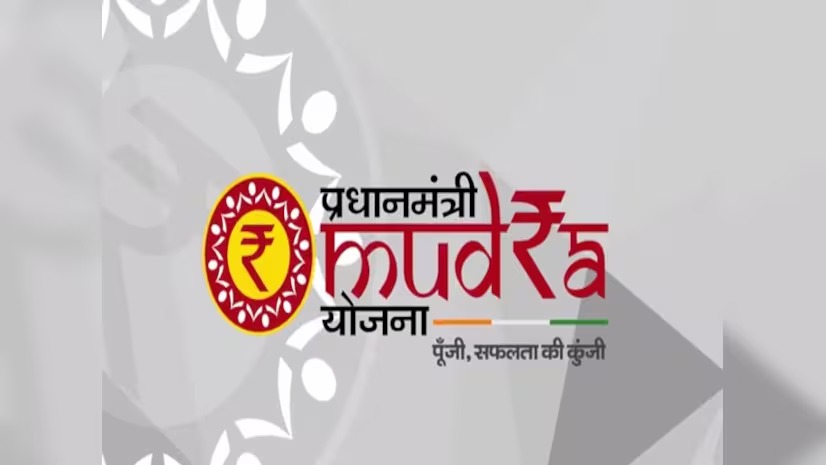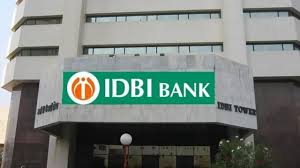
Follow WOWNEWS 24x7 on:
Updated: May 05, 2025 07:40

The Indian small business scenario has been revolutionized in the last decade due to the Pradhan Mantri Mudra Yojana (PMMY). As the scheme celebrates 10 years, the statistics tell an inspiring tale: more than 52 crore loans aggregating over ₹33.65 lakh crore have been approved since its launch in April 2015. This huge injection of collateral-free credit has helped millions of micro and small businesses-many of whom are first-time business people-to start, grow, and succeed in urban and rural India.
Key Highlights
Collateral-free loans of ₹20 lakh and below: PMMY provides four types of loans-Shishu (up to ₹50,000), Kishor (₹50,000-₹5 lakh), Tarun (₹5 lakh-₹10 lakh) and the latest Tarun Plus (₹10 lakh-₹20 lakh). Tiered lending accommodates businesses across all stages of startup to scale-up.
Empowering the underprivileged: Approximately 68% of Mudra loan accounts are with women, and almost half are with entrepreneurs belonging to SC, ST, and OBC communities. This emphasis on inclusion has contributed to narrowing the credit gap for groups previously left out of formal finance.
Empowering grassroots entrepreneurship: The initiative has made credit more accessible to the people, transforming job seekers into job generators. Retail, food processing, services, and manufacturing small enterprises now enjoy the financial support to expand and create jobs.
MSME credit boom: Credit to micro, small, and medium enterprises has jumped, with the industry's contribution to overall bank credit increasing from 15.8% in FY14 to almost 20% in FY24. The growth of Mudra loans has been a key driver of this surge.
Technology-led accessibility: Mudra loans can be accessed from a large network of banks, NBFCs, microfinance institutions, and online platforms, thereby reaching even small entrepreneurs in remote locations at high speed and efficiency.
Impact on real lives: From Sarla Devi, who set up a tailoring unit in her village, to Mohammed Salman, who grew his electronics shop in Uttar Pradesh, there are millions of stories of self-sustenance and job generation in the neighborhood facilitated by Mudra loans.
Looking Ahead
As India looks to emerge as a developed economy by 2047, financial inclusion continues to be at the core of its development strategy. The emphasis of Mudra Yojana on "Funding the Unfunded" is still topical, as new credit paradigms and digital lending platforms will further expand reach and possibility for small businesses throughout the nation.
Sources: Press Information Bureau, Business Standard, TICE News, Department of Financial Services, NEXT IAS




